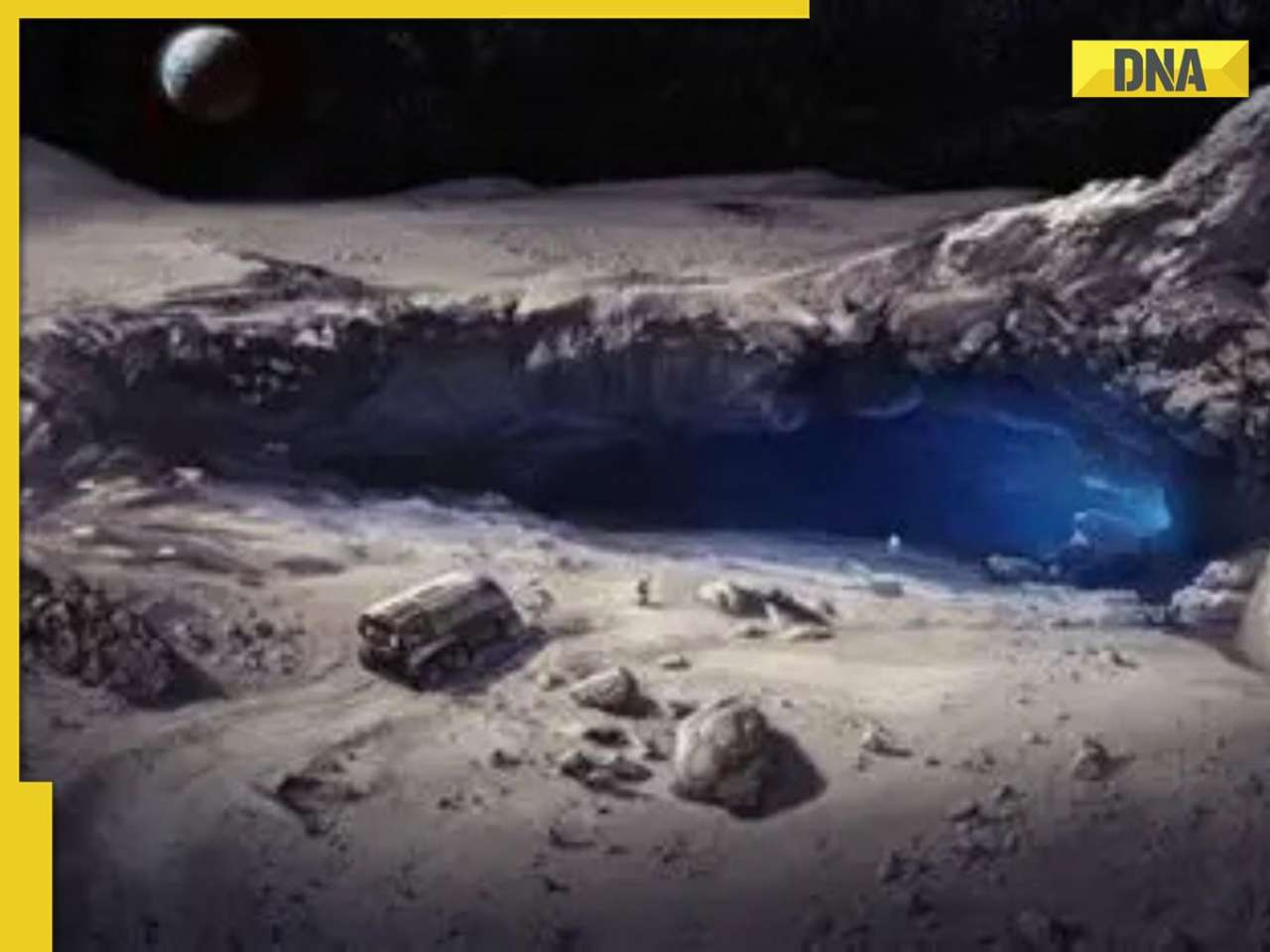Unbelievable Discovery: AI Finds Moon Caves for Future Astronauts!










2025-10-08T18:38:00Z

Imagine this: two potential safe havens for future astronauts, not on Earth, but hidden within the moon's surface! Yes, you heard right! Thanks to cutting-edge artificial intelligence, researchers have unveiled two fascinating caves on the moon that could offer shelter to astronauts venturing into space.
This groundbreaking revelation comes from Daniel Le Corre, a bright engineering, mathematics, and physics student at Kent University. Le Corre's work showcases the incredible reach of AI technology, which has seamlessly crossed the boundaries of our planet to explore the cosmos. As we've seen AI transform countless industries on Earth, it’s now stepping into the vast expanse of space exploration.
But here’s the kicker: Le Corre's research was confined to just 0.3% of the moon's surface! Yet, within that tiny fraction, he managed to identify two amazing lunar caves. How? Through a specialized AI model named ESSA, standing for 'Entrances to Sub-Surface Areas.' This innovative technology was tailored to analyze NASA satellite images and pinpoint craters—an extraordinary feat of precision.
The two newly discovered craters have been dubbed South Marius Hills Pit (SMHP) and Belkovich A Pit (BAP). The SMHP is particularly intriguing as it has been located in an area presumed to have lava tubes, previously unobserved. Meanwhile, the BAP is positioned near the moon's northern pole, where the presence of ice is speculated. These caves are thought to connect with underground chambers, possibly providing crucial protection against meteorite impacts for astronauts.
As we stand on the brink of possibly sending humans back to the moon, these findings could redefine how we approach lunar exploration. The fact that AI plays such a pivotal role in this journey is both exciting and a testament to how far technology has come. The future of space exploration is looking brighter—and safer—thanks to these AI-generated discoveries!
 Hans Schneider
Hans Schneider
Source of the news: DNA India